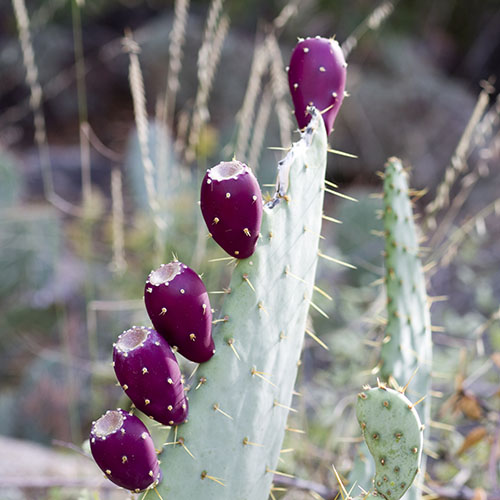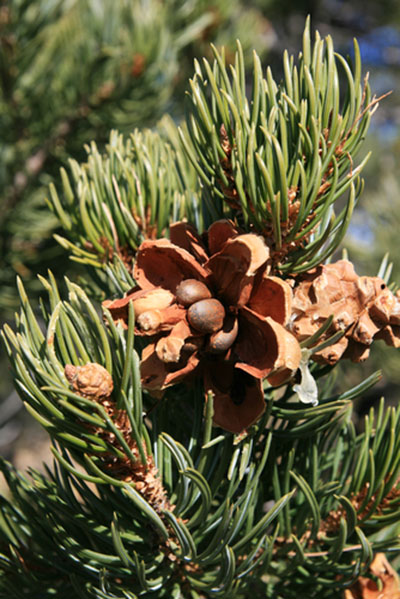Climate and Environmental Zones
Several aspects of the Southwestern climate are relevant to understanding the cultural adaptations of the Native American indigenous people who made this region their home. These include:
- Substantial temporal and spatial variability in rainfall and temperature patterns
- Short growing seasons in the higher elevations
- Limited moisture in all but the highest of elevations, and
- A summer dominant or bimodal precipitation pattern, in which rainfall is limited to short periods of the year
Plants in the Southwest have adapted to these conditions in a number of ways. For example, many produce seeds only during periods of abundant moisture, and most grow only where micro-environmental conditions are adequate. Thus, very large stands of edible plants are rare—instead, plants tend to be dispersed widely across the landscape. Additionally, an area that contains abundant edible plants one year may have few or none the following year. For Native Americans that lived off the landscape, this meant that they had to be intimately familiar with the plants and the yearly growing conditions across a large territory, and that they had to be prepared to move across large distances to find enough food to eat.
|
|
Cactus fruits were a reliable food source. However, they are dispersed across the landscape and gathering enough fruit for a even a small group of people required access to large tracts of land. |
|
Pinyon nuts provided a nutritional and high calorie source of food for Native Americans. But their productivity is highly variable. A successful pine nut harvest required that tribes monitored large tracts of land to determine which stands of pinyon pines would be productive in any given year, and that they be prepared to travel the distance required to reach the productive tract.
|
Similarly, Native Americans had to develop innovative methods to cultivate crops in this region. These methods included developing plants adapted to growing under arid conditions, planting in a variety of different micro-environmental settings, and using a variety of different methods to capture the limited and often unpredictable water that was available. Additionally, because crop failures were common, they developed a number of mechanisms for storing and redistributing food.
This is an interactive map, showing the different environmental zones. Mouse over the environmental zones and click each zone to learn more information.
Click next page to continue.


